Studying a language automatically entails learning about the culture that has created it. Each language is like a mirror that reflects the way a particular society has evolved. Every language is a living organism that never ceases to change and develop, with its speakers constantly introducing new concepts that continue to emerge through societal progress.
Every new concept is introduced into a language out of necessity. Whenever there is a new thing that people need to refer to on a regular basis, they obviously need a new concrete linguistic means to be able to do that. To give a banal example, the now ubiquitous expression “social media” probably did not exist 40 years ago because there was absolutely no need for it.
Culture and environment also influence how elaborately a particular object or concept can be described in a particular language. Take for instance the Inuktitut language, one of the main Inuit languages spoken in northern parts of Canada, which uses a large variety of expressions to describe snow and ice. According to the Canadian Encyclopedia, “taking into account the base words, derived terms, and words with a broader meaning, the total number of terms referring to the various aspect of snow and ice goes far beyond ten or a dozen” (Source: Inuktitut Words for Snow and Ice, The Canadian Encyclopedia). Although the exact number of those expressions has been a rather controversial issue among linguists for decades, it still represents a good example of how a language is shaped by the living circumstances of its speakers.
The same is true for expressions that refer to food, one of the most crucial elements of our daily lives. Expressions that describe staple foods are normally very diverse and elaborate as they reflect the dietary habits of a particular culture. The staple food in Japan, for instance, is rice. It is pretty much everywhere – people have it for breakfast, lunch, and dinner, it is used to make all kinds of snacks from crackers to rice balls, and it is also the essential ingredient in sake, arguably the most famous Japanese alcoholic beverage.
Due to the indispensable role of rice in Japanese cuisine, the Japanese language has a rather large spectrum of words to describe this staple. Let’s have a look at some of the most common ones. (I used Japanese dictionary definitions from KOTOBANK (https://kotobank.jp/) as a reference point when creating this list.)
1. 稲 (Ine)
The word “ine” refers to rice that is still in the husk.
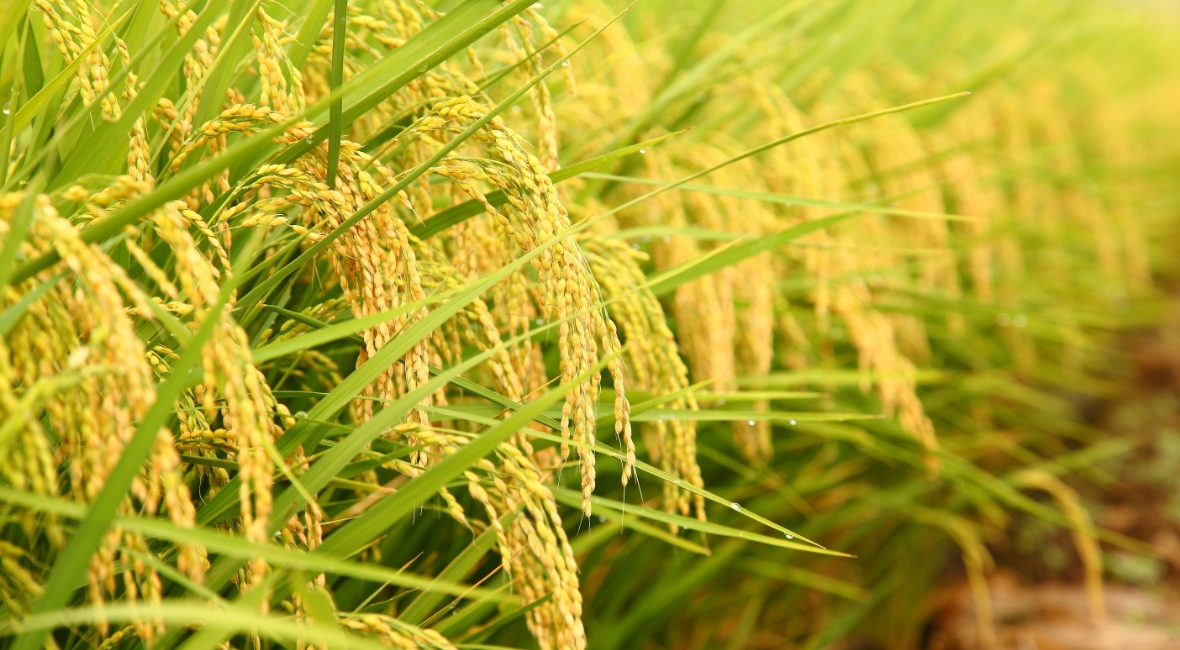
2. 米 (Kome)
“Kome” is threshed rice, i.e. uncooked packaged rice you can normally buy at a supermarket.
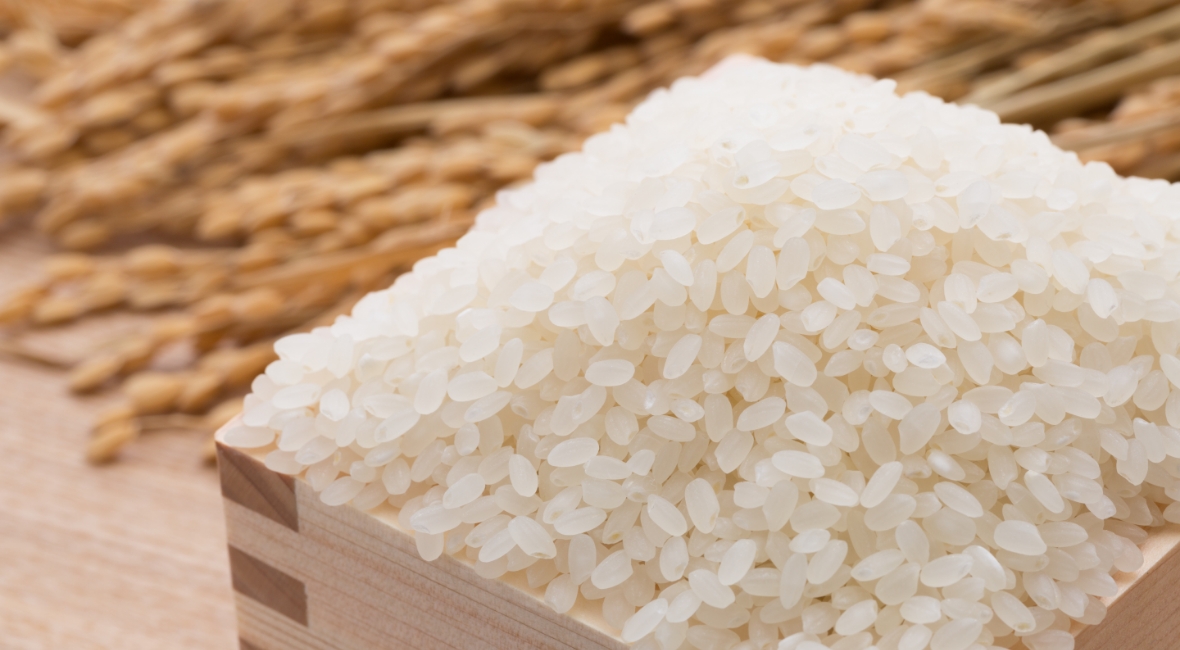
3. 玄米 (Genmai) / 白米 (Hakumai)
Threshed rice or “kome” can be further divided into two categories, “genmai” and “hakumai”. “Genmai” is rice that has been dried and threshed but with bran still attached, i.e. unpolished rice. “Hakumai” (lit. “white rice”), on the other hand, denotes “milled rice,” i.e. rice that has been milled to remove bran.
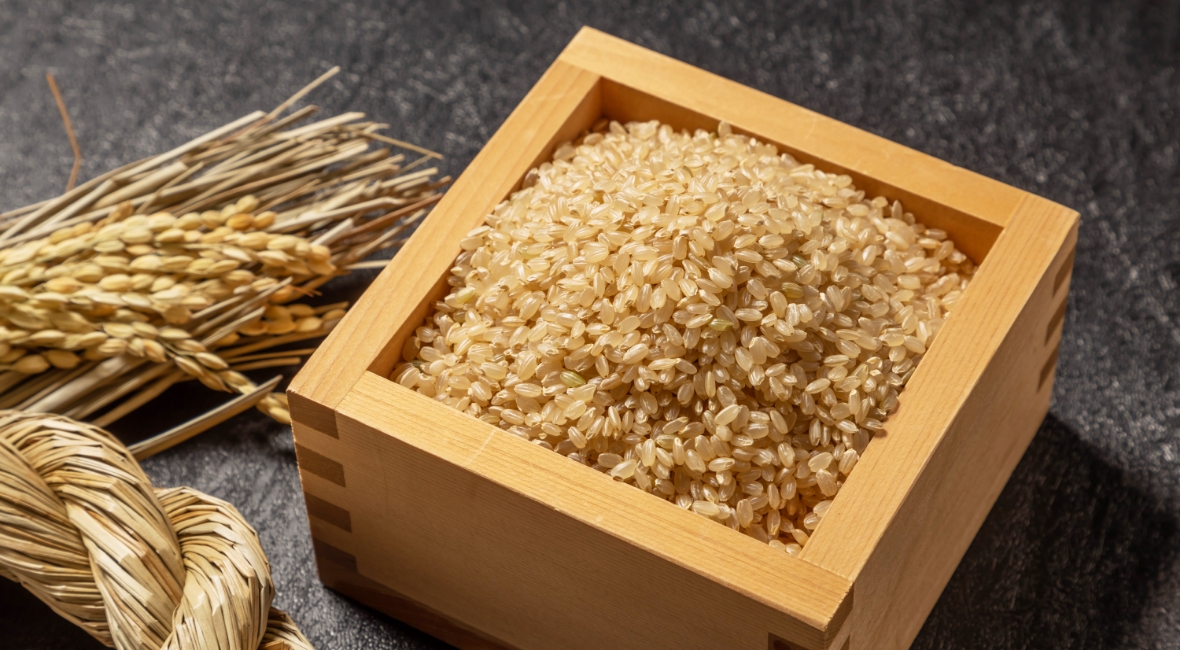
4. ご飯 (Gohan)
Cooked rice is referred to as “gohan.” Interestingly, the word gohan is also used to denote “meal” or “food” in a very broad sense. For instance, if you say “I haven’t had gohan yet” in Japanese, it simply means you have not had breakfast/lunch/dinner yet. In Japan, the word for cooked rice is a synonym for food in general.
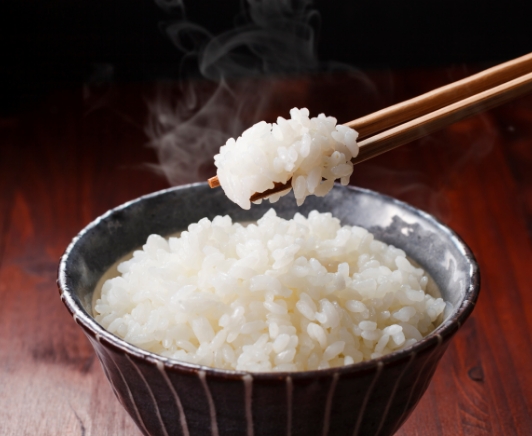
This is gohan
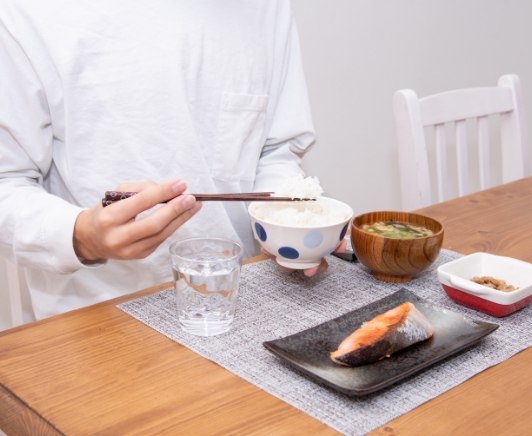
This is also gohan
5. 飯 (Meshi)
This word also refers to various types of cooked rice and food or meals in general, but it has a more informal undertone compared to “gohan.”
6. ライス (Raisu)
And finally there is “raisu” (rice). Some may find it unusual for such an essential element of Japanese culture to be referred to with an English loanword. In fact, the word “raisu” is mostly used to denote rice that is served with foreign dishes. You may also come across it at restaurants, most notably in names of dishes such as “karē raisu” (curry and rice) or “chikin raisu” (chicken rice).
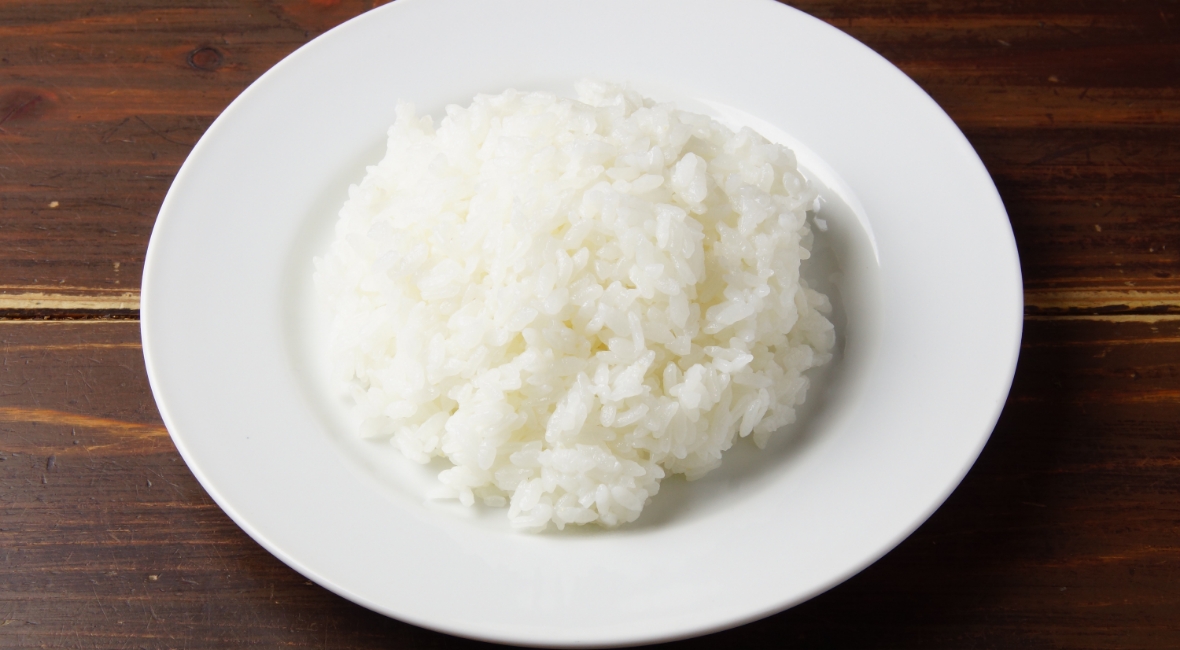
Sources:
- Inuktitut Words for Snow and Ice (2015, July 9). Retrieved July 8, 2019, from https://www.thecanadianencyclopedia.ca/en
- コトバンク KOTOBANK (https://kotobank.jp/)


